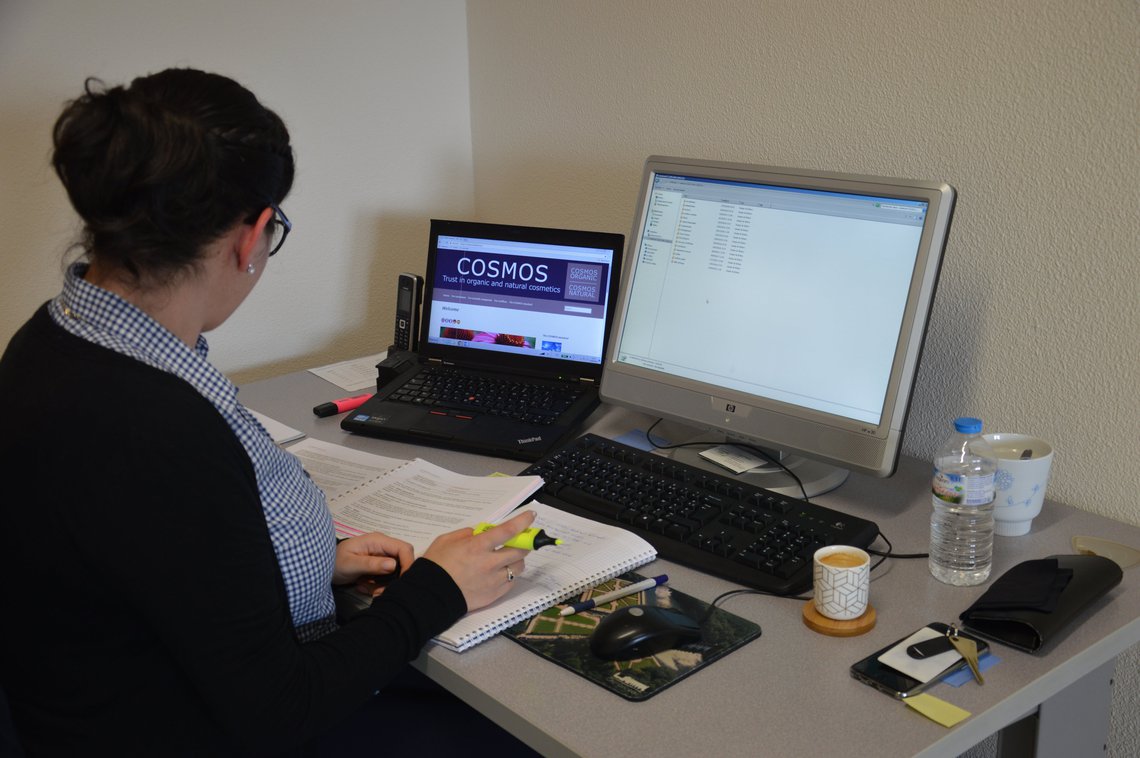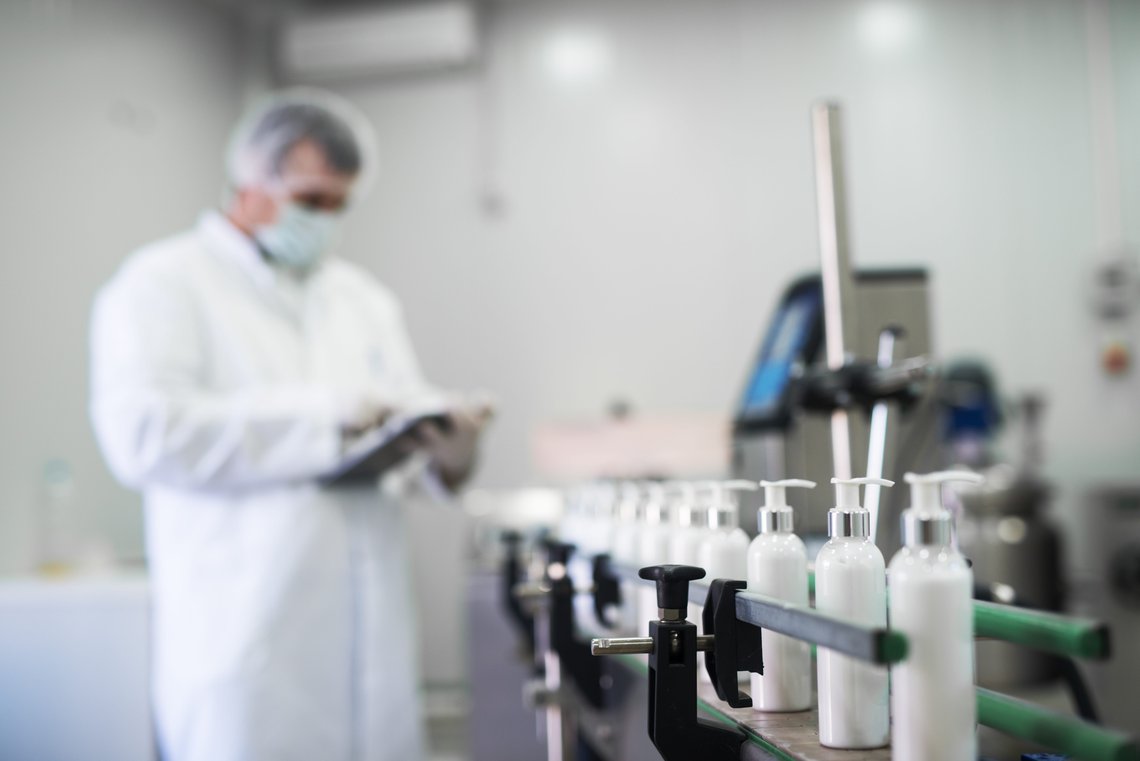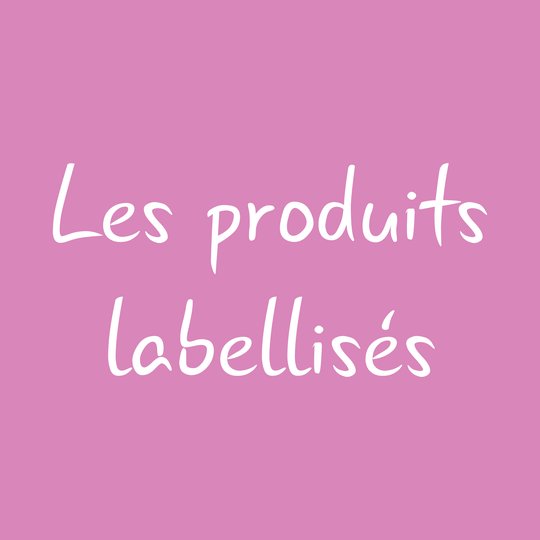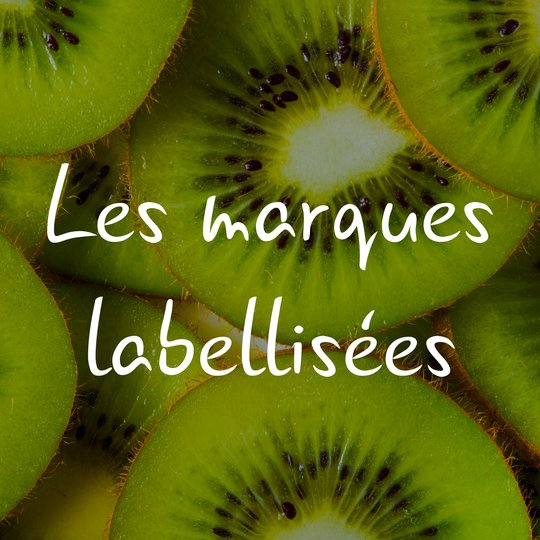
You surely know the bases of cosmetic certification, but are you up to date with the procedure that these products must pass through? Lèa, an auditor at our certification branch, Cosmécert, will explain exactly what a cosmetic certification consists of and how it is managed.
What’s Cosmetic Certification?
The certification is a verification process that a company goes through in order to prove to its clients that they uphold the engagements they initially made (whether that be organic, natural, etc)
This audit is done by an independent organization called a certification body. On top of certifying cosmetics, the certification can be applied to household cleaning products, textiles or even home fragrances (the list goes on…)
The organic certification is mandatory to obtain the Cosmébio label.
What’s the process for Natural and Organic Cosmetic Certification?
There are multiple steps in completing the certification process for natural and organic cosmetics:
- The brand makes a certification request to their chosen certification body. PS – Wanting to be certified ought to be anticipated so that the product(s) will be conform to the natural and organic standard.
- Control of compliance with cosmetic regulations. The cosmetic certification can only be applied to cosmetic products. One must still considering the fact that certain products, like toothpaste, can be considered either medical or cosmetic (depending on the amount of fluoride). Before beginning the certification process, the certification body must therefore verify that the products being audited are in compliance with the Cosmetic Regulation N°1223/2009(the standard that all cosmetics on the market must comply with).
- Control of compliance with organic regulations (imposed by the label). If the cosmetics that are to be certified are in compliance with the European regulation, the certification process can begin.
The first phase of the audit takes place in the certification body’s office
When certifying a cosmetic, the company must provide detailed product information including notably the ingredients, the amount used, the supplier, etc.

Using these documents the certifier verifies:
- The formula: is the amount of natural and organic ingredients conform to the standard? Are the ingredients authorized by the label?
- The product label: are the required notices present? Is there ambiguous or erroneous information on the packaging…?
- The material used in the packaging of the product: are the materials used authorized by the label?
If everything is conform, the certifier continues into phase two of the certification.
The second phase of the audit is done on-site where the product is manufactured.
The second phase of the cosmetic certification consists of an audit taking place on site, where the products are manufactured.
This audit is done in order to verify the previously given information as well as everything else that can’t be controlled from the documents alone: the fabrication process, the cleaning products used, the stocking of raw material and products…
The auditors also check the communication material used by the brand.

Finalizing the certification process
Once the audit has been done on-site, the auditor sends all the information to the certification body that then validates (or not) the conformity of the products being audited.
If everything is compliant, the certification body gives a certificate to the company where the certified products are listed.
How long is the certification valid?
For finished products, the certification is valid for one year. To renew the certification, the company must undergo another on-site audit and provide once again the detailed product information that has been updated over the year.
How can you recognize a certified product?
A certified product has a mandatory notice of its certification on its packaging that states:
- The percentage of organic ingredients and ingredients of natural origin
- The certification body that realized the audit
- The standard used by the label

To learn more:




